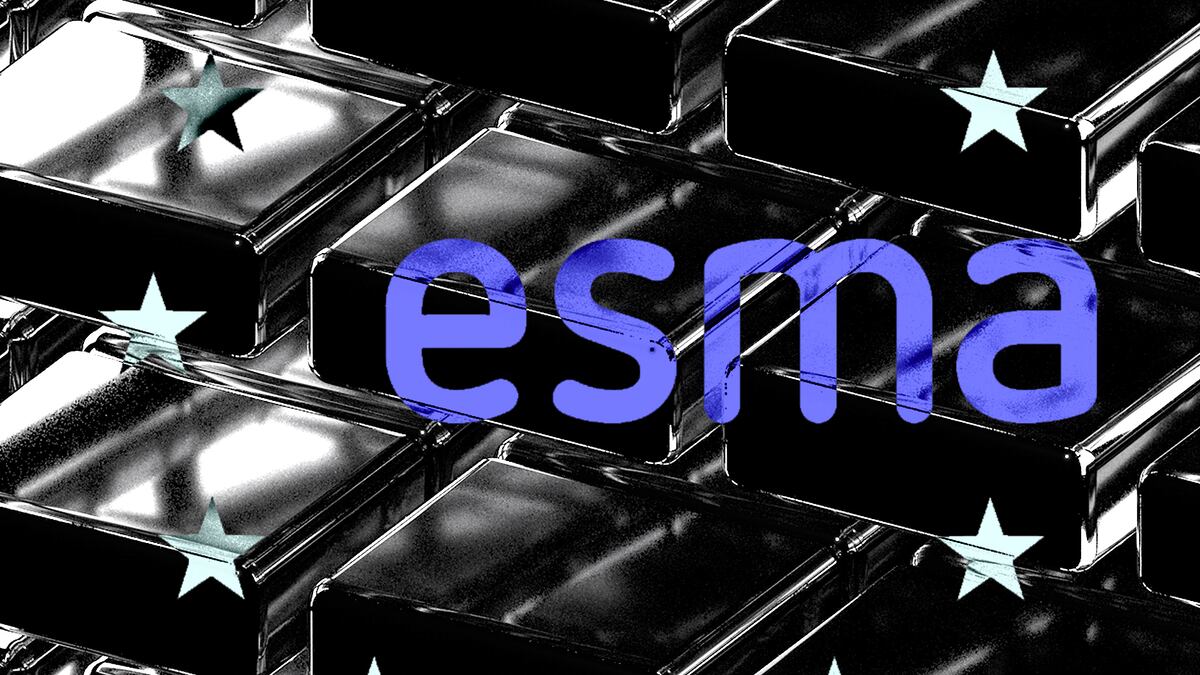A pilot scheme from EU regulators launched this week. What they learn from it will have implications for how the bloc regulates asset tokens – currently considered an exciting growth area for traditional financial firms.
The European Securities Markets Authority is running the DLT Pilot for an initial three years. Its aim: To provide a kind of sandbox in which the companies that provide trading and settlement for the capital markets can experiment with distributed ledger technology.
ESMA plans to use the pilot to learn more about blockchain technology, and spot risks and regulatory loopholes. In 2026, the regulator will report on the pilot.
The European Commission will then decide if it should be extended – or made permanent in the form of changes to existing regulation.
“The potential benefits from leveraging DLT are massive for the industry, and society at large,but the new associated risks need to be appropriately managed,” Sassan Danesh, CEO of ETrading Software, told DL News.
He added that the pilot is a big step toward helping ESMA understand what parts of the pilot can be used to create more regulation of blockchain in financial services.
NOW READ: Paxos peddles gold bullion tokens to banks in wake of stablecoin slapdown
Blockchain saviour
Large banks are built on legacy tech, relying on Excel spreadsheets for important tasks, and databases coded in a 60-year-old programming language.
For these firms, blockchain technology has been seen as a potential saviour. Some banks and the companies that supply them with tech are experimenting with replacing parts of their creaking systems with distributed ledgers.
But new technologies present new risks. Regulators want to thoroughly understand those risks before allowing the financial system at large to fully implement distributed ledger tech – hence the pilot.
Futureproofing financial markets
ESMA’s DLT Pilot is part of the same rules package as the eagerly awaited Market in Crypto-Assets regulation.
While MiCA applies to assets like cryptocurrencies or stablecoins, the DLT Pilot applies to traditional financial instruments like bonds that have been tokenised for trading on blockchain.
NOW READ: Europe’s MiCA offers crypto for Americans in a banking crisis. But it’s not that simple
“The broader context is the European Commission’s aim to make the EU and its rules fit for a digital age, given the evolution of technology,” Danesh said.
He said the current rules that govern financial services in the EU weren’t designed with crypto assets or blockchain in mind.
Safe environment
The pilot aims to develop the trading and settlement environment for tokenised assets in a safe environment, considering investor protection and avoiding regulatory arbitrage loopholes.
The pilot applies to certain EU trading venues and central securities depositories — obscure but important businesses that form the plumbing of the capital markets.
These highly-regulated firms will be allowed some exemptions from the rules that usually govern their activities, allowing them to operate DLT-based trading and settlement systems.
In return, they must adopt some new measures to compensate for the risks they are taking. One of these, for example, is the use of the digital token identifier.
This is a code that links the digital asset with the financial security it represents so that it can be tracked as it’s traded and then settled on the blockchain. Danesh’s company is the issuer of this identifier.
The pilot also limits risk by limiting the types of instruments that can be traded on distributed ledgers, and setting market value thresholds for them.
ESMA hopes that this will allow trading and settlement providers to innovate without weakening the guardrails that keep the financial markets stable, Danesh said.





